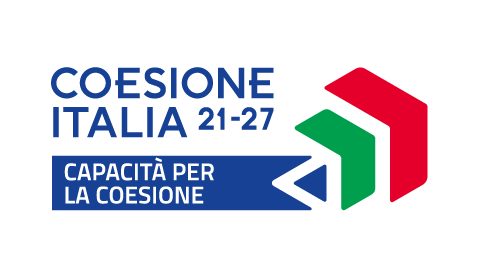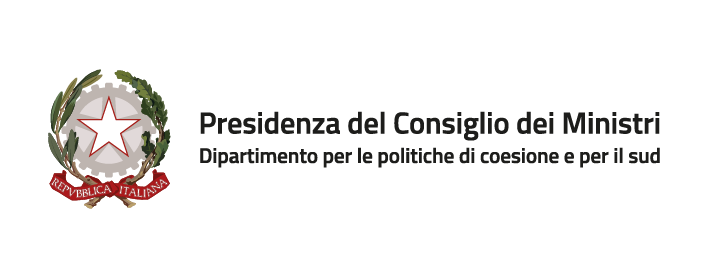
In this lesson you will learn how to make the data ‘speak’. It is very important to learn and consolidate techniques for extracting information from the datasets found, in order to tell effective and incisive stories from the data. The fundamental (and basic) techniques are shown below for collecting, cleaning, analysing, crossing data and creating visualisations for drawing information from them.
To summarise, in this lesson you will learn to:
- Observe the data: understand, refine, analyse
- Visualise the data using simple web tools
- Write a Data Journalism article
Deadline:
13 March 2020




















